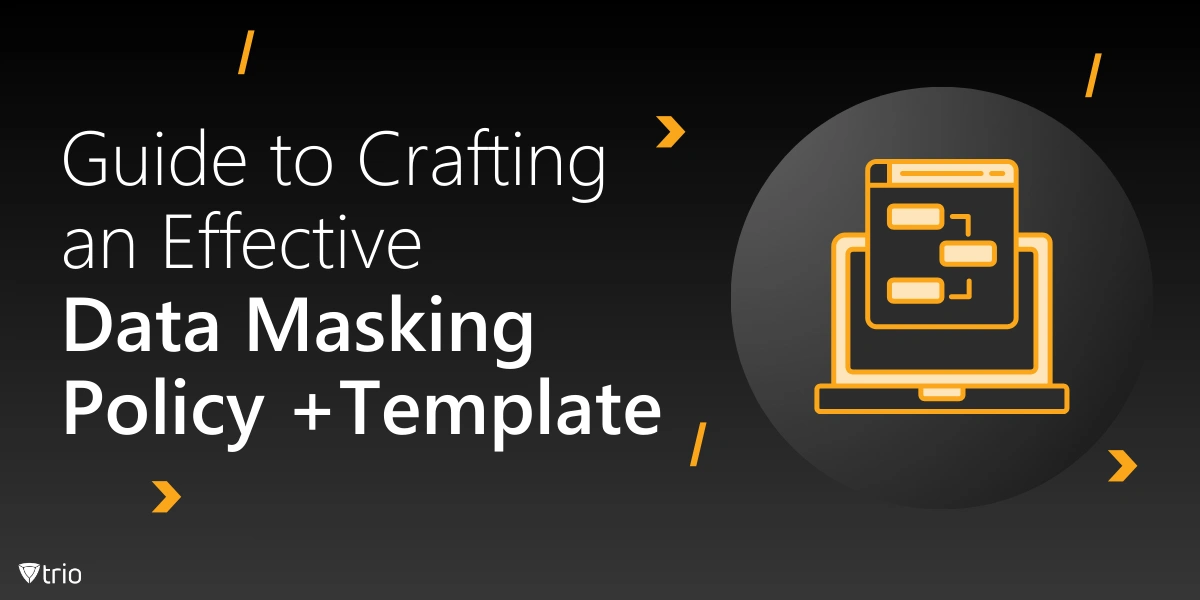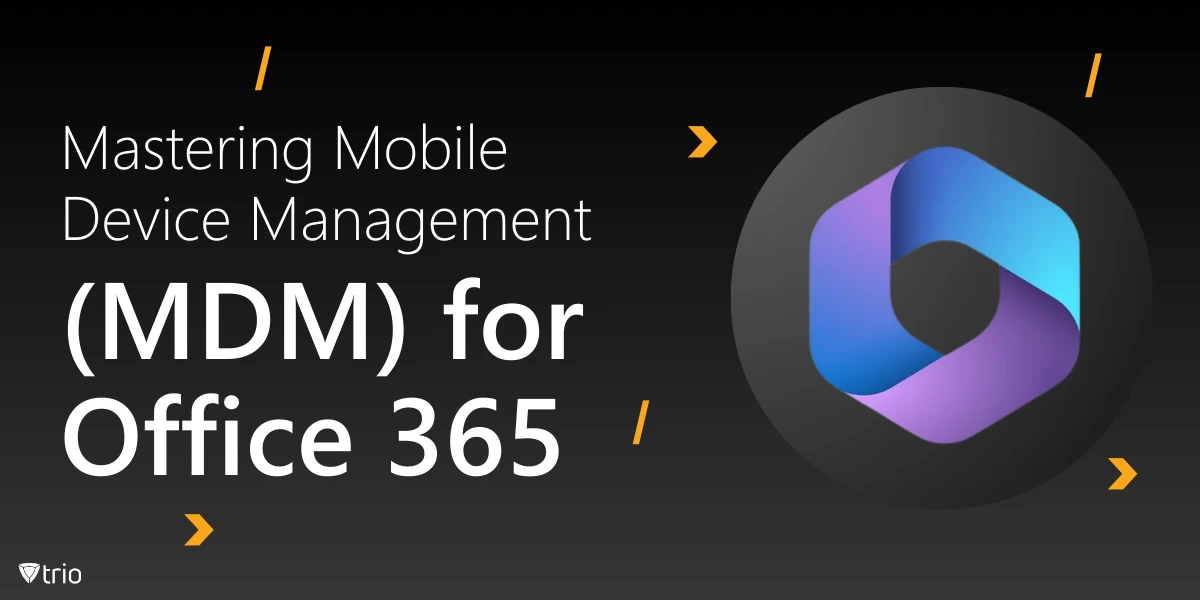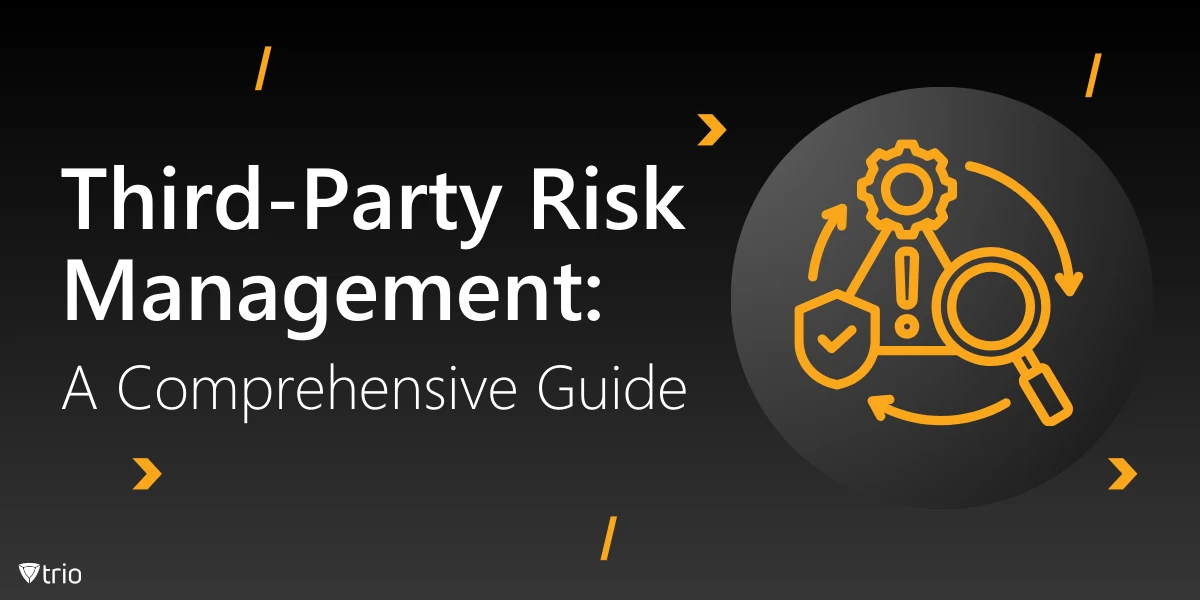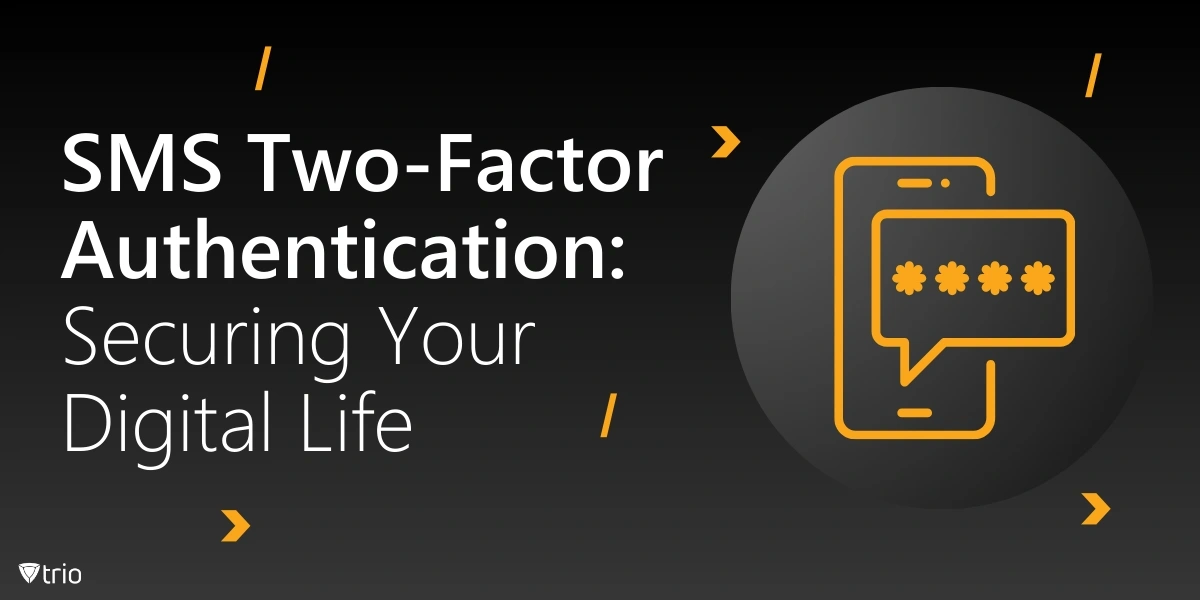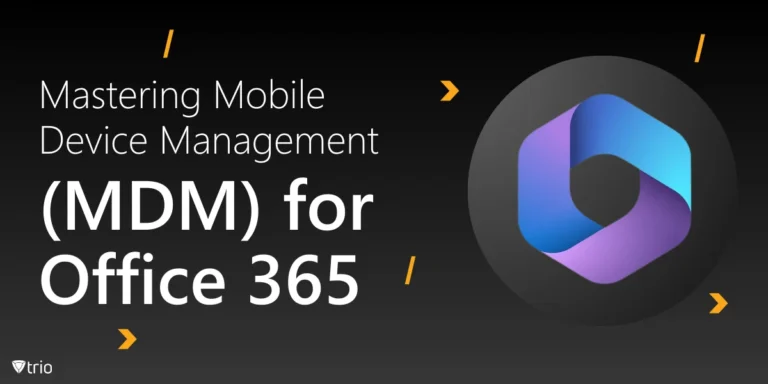In today’s data-driven world, protecting sensitive data is not just important—it’s a necessity. As data breaches are becoming increasingly common, organizations must implement strong security measures to protect personally identifiable information (PII), credit card numbers, social security numbers, and other sensitive data. This is where a data masking policy comes into play.
A data masking policy serves as a blueprint for systematically masking sensitive data, ensuring that unauthorized access is prevented while maintaining the usability of datasets. It plays a crucial role in data security and compliance with regulations such as GDPR, HIPAA, and PCI DSS. Without a formalized policy, businesses expose themselves to significant security risks and potential legal repercussions. Let’s delve deeper into what data masking entails and why it’s a critical component of modern IT infrastructure.
What is Data Masking?
Data masking is the process of modifying sensitive data elements within a dataset to render them unusable for unauthorized individuals while ensuring the dataset retains its functional utility. This method is especially useful in scenarios where data needs to be shared or utilized without exposing confidential information. Unlike encryption, which depends on decryption keys to restore the original data, masked data is irreversible and cannot be reverse-engineered, making it a highly secure solution for protecting sensitive information. Data masking examples include replacing credit card numbers with random digits or masking customer names with placeholder text. Such techniques enable organizations to protect sensitive data effectively while maintaining usability for testing, training, or analytics purposes.
Common Use Cases
- Testing Environments: Developers often require realistic datasets for testing purposes. Data masking ensures that production data remains secure while being used in non-production environments.
- User Training: Training scenarios benefit from real-world data without exposing sensitive information.
- Data Sharing: Masking facilitates the safe sharing of datasets with external partners or vendors.
Types of Data Masking
- Static Data Masking: Involves permanently altering data in production databases before sharing or transferring it.
- Dynamic Data Masking: Provides real-time masking of data as it is accessed, ensuring sensitive information remains hidden from unauthorized users.
- On-the-Fly Data Masking: Data is masked in transit, typically during migrations or integrations, ensuring sensitive information is not exposed.
These types of data masking solutions provide flexibility, allowing businesses to adapt their approach based on specific needs.
Why is a Data Masking Policy Essential?
A data masking policy acts as a formal guide for implementing data masking processes, ensuring consistency and compliance. Here’s why it is indispensable:
Protection Against Data Breaches
By masking sensitive data, organizations can significantly reduce the risk of data breaches. Even if unauthorized access occurs, the masked data remains useless to attackers.
Regulatory Compliance
Compliance with regulations like GDPR, HIPAA, and PCI DSS requires businesses to implement robust measures for protecting sensitive data. A data masking policy helps meet these requirements by standardizing the masking processes.
Building Trust
A well-implemented data masking policy enhances trust among stakeholders, demonstrating a commitment to protecting sensitive information. This is especially crucial when sharing data with external parties or vendors.

Key Elements of a Data Masking Policy
Creating an effective data masking policy involves several critical components. Let’s explore these in detail:
1. Purpose and Objectives
The policy should clearly outline its goals, such as protecting sensitive data and ensuring compliance with relevant regulations.
2. Scope
Define the data sources and systems covered by the policy, including production environments, production databases, and backup systems.
3. Roles and Responsibilities
Assign specific roles to data managers, IT administrators, and compliance officers, detailing their responsibilities in the data masking process.
4. Methods and Techniques
Specify the data masking techniques to be employed, such as static data masking, dynamic data masking, or on-the-fly data masking. Ensure these methods are tailored to your organization’s needs.
5. Compliance Requirements
Reference applicable standards and laws, such as GDPR’s requirements for masking PII or HIPAA’s stipulations for protecting health data.
6. Exceptions and Limitations
Define scenarios where data masking might not be applicable, such as real-time financial transactions, and provide guidelines for handling such cases securely.
To help you implement these steps effectively, stay tuned for a free Data Masking Policy template!
Steps to Develop a Data Masking Policy
Creating a comprehensive data masking policy requires a step-by-step approach:
Step 1: Identify Sensitive Data
Pinpoint critical data assets, such as credit card numbers, social security numbers, and PII, across your organization’s data sources.
Step 2: Determine Use Cases
Identify scenarios where masking sensitive data is necessary, such as in testing environments or during data sharing.
Step 3: Select Tools and Techniques
Evaluate and implement appropriate data masking tools and techniques based on your organization’s needs and budget. Popular masking tools ensure efficiency and compliance with minimal disruption to workflows.
Step 4: Test and Validate
Regularly test the effectiveness of your data masking solutions to ensure they provide adequate protection without compromising usability. This step includes checking for errors that could compromise data integrity or functionality.
Step 5: Document and Educate
Develop a data masking policy checklist template to document procedures and train staff on policy adherence. Education is critical for ensuring that all team members understand their roles in maintaining data security.
Free Data Masking Policy Template
To streamline this process, download our free Data Masking Policy template, including a checklist today and get started on creating a secure data environment for your organization!
Challenges in Implementing a Data Masking Policy
Despite its importance, implementing a data masking policy comes with challenges:
Balancing Usability and Security
Ensuring masked data remains functional for its intended use while maintaining high security standards can be complex. For example, maintaining referential integrity in databases often requires advanced masking techniques.
Resource and Cost Considerations
Implementing and maintaining data masking tools requires investment in technology and training, which may strain smaller organizations. However, investing in masking tools often prevents costlier breaches and compliance penalties.
Integration with Existing Systems
Integrating data masking solutions with legacy systems and production environments often requires significant effort and expertise. Collaboration with IT experts is essential for seamless integration and functionality.
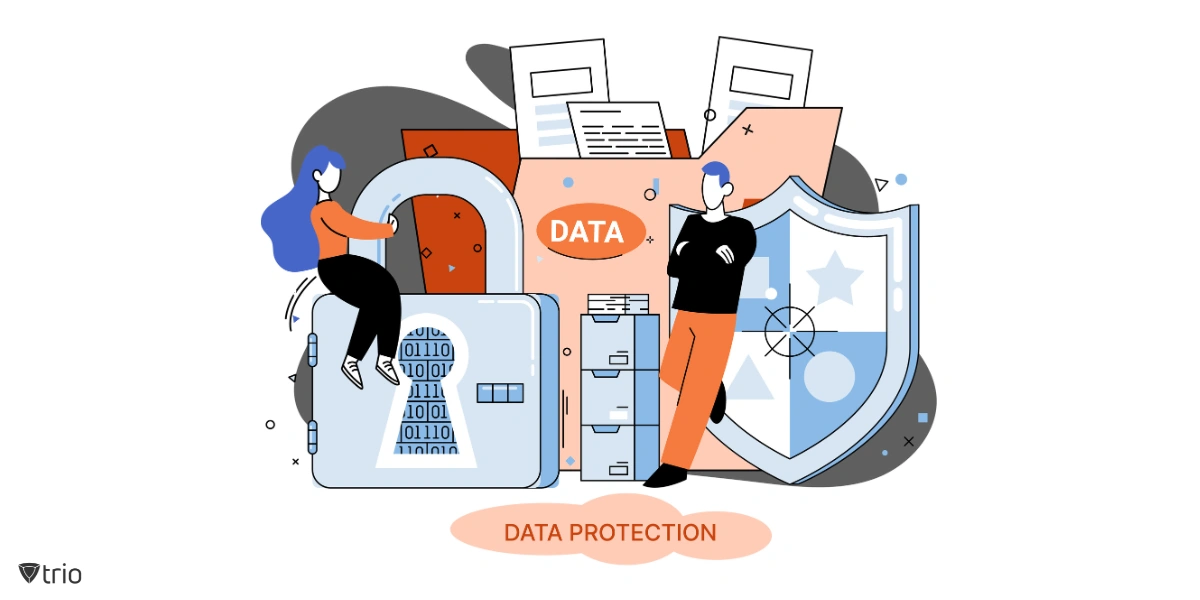
How Trio Can Help
Trio, a simplified Mobile Device Management (MDM) solution, offers a robust platform for managing and securing sensitive data across diverse environments. By leveraging Trio’s capabilities, businesses can:
- Ensure Regulatory Compliance: Trio’s integrated features simplify adherence to GDPR, HIPAA, and PCI DSS standards.
- Simplify Managing Data: Trio provides intuitive dashboards and user-friendly interfaces, making it easier for data managers and IT teams to protect and manage sensitive information.
Trio’s seamless integration with production databases and diverse data sources ensures that sensitive information is masked without disrupting workflows.
Ready to see how Trio can transform your data security strategy? Request a free demo today!
Conclusion
In an era where data breaches can cripple organizations, implementing a robust data masking policy is no longer optional—it’s essential. By adopting a formalized policy, businesses can protect sensitive information, comply with regulations, and build trust with stakeholders. Don’t wait for a breach to occur; take proactive steps today to protect your data.
